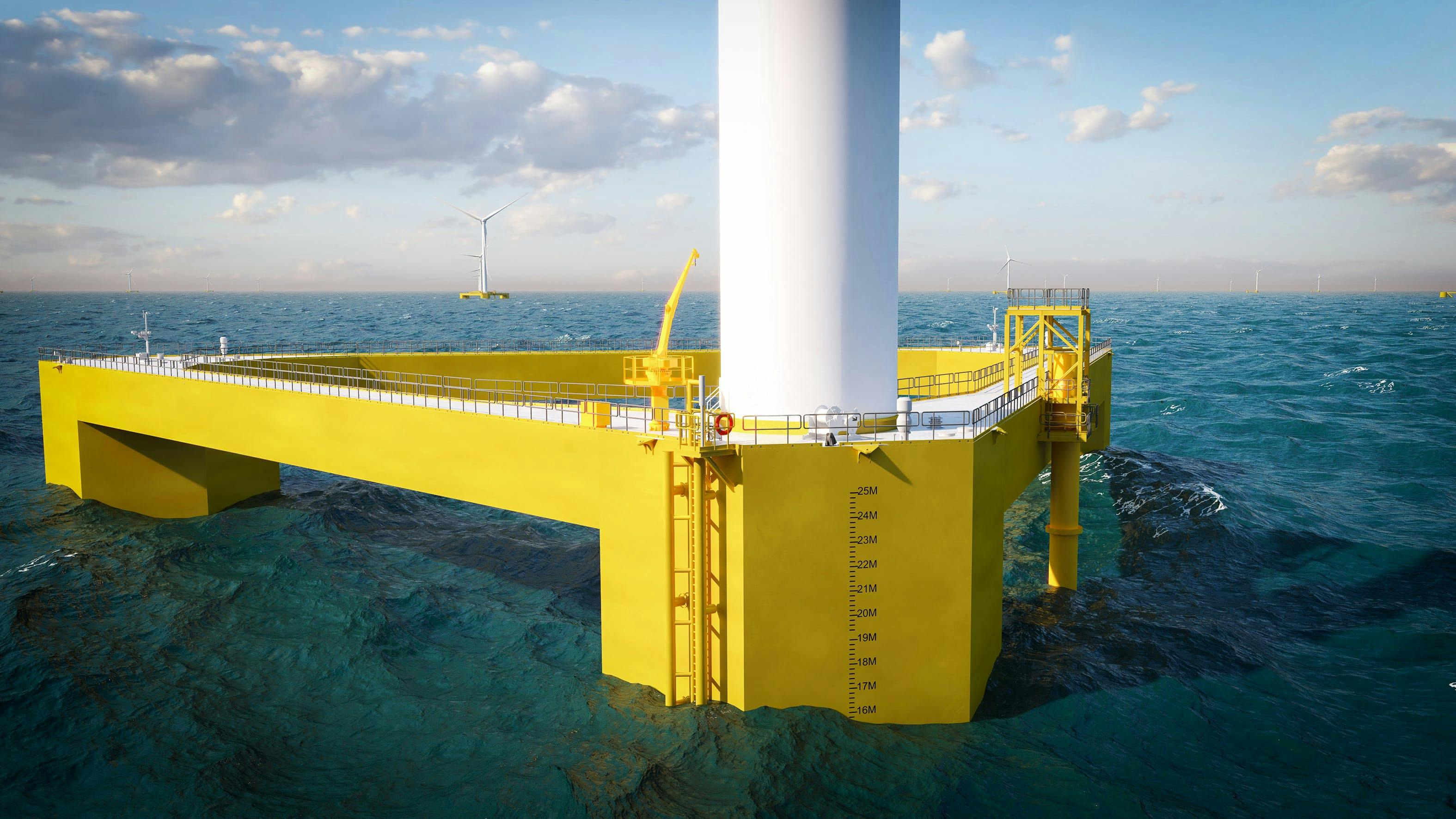Reflections from Week 1 @ COP26: 6 reasons for optimism
by Aaron Smith, Chief Commercial Officer

IEA and IRENA project that wind power will be the largest source of energy in a net zero economy that limits global temperatures to 1.5° C. Achieving the roughly 8,100 GW of capacity to provide 1/3 of global energy demand by 2050 requires that we dramatically scale up annual installations to 4x the levels achieved last year. This unprecedented expansion of both onshore and offshore wind is not happening quickly enough. Such transformational growth will not happen with business as usual policies and the famous blah blah blah. We need fearless action from governments that recognizes the existential and time-sensitive nature of this emergency.
While it is easy to feel discouraged by the politics, widespread greenwashing, and the difficulty establishing global, binding commitments, I left the conference feeling that we are truly at an inflection point. Here are 6 reasons why from the lens of the offshore wind industry:
- We have the resource 💨🌊. The potential of offshore wind is immense, with the potential to power the world’s energy demand 18x over.
- We have the technology💡. Innovation over the last decade means that offshore wind can be deployed anywhere in the world almost immediately. Deep water ✅, Far from shore ✅, Typhoons ✅, Tsunamis ✅. This technology-enabled flexibility ensures that we can chase the best wind resource while minimizing impacts and delivering environmental justice to communities that have been historically affected by the worst impacts of power production.
- We are competitive 📉💸. Following a decade where we reduced levelized cost of energy by over 60%, offshore wind, along with onshore wind and solar, is now often the lowest cost / highest value source of new-build generation, meaning that there are no more financial excuses for inaction.
- We have the knowledge👩🔬. Over 30 years of industry experience means we know what works and what doesn’t. Organizations like GWEC are working tirelessly to ensure that these lessons learned are widely available so that countries can get it right from the start and scale quickly. The Roadmap to Integrate Clean Offshore Renewable Energy into Climate-smart Marine Spatial Planning published by the UN Global Compact and IOC-UNESCO on Oceans day is a great example (see link below).
- We have the finance 🏦. There is a tremendous amount of capital that is ready to finance offshore wind projects in markets where governments establish the right conditions. Institutions like the World Bank and the International Finance Corporation are working hard to make sure financing is available in emerging markets, which will enable the democratization of offshore wind and expansion to vulnerable nations that need secure and stable clean energy.
- We have the jobs 💪. Offshore wind is highly skills intensive and requires an industrial revolution to build and maintain the ports, facilities and infrastructure for delivery. This creates a tremendous demand for skilled labor with requirements that are highly similar to those found in fossil fuel exploration, production, and generation. It is inevitable that these industries will be displaced if we are to achieve net zero — our responsibility is to ensure a just transition and provide opportunities and training that enables the work force to bring these high value skills into our industry.
Beyond the above, it is energizing to see that the technical feasibility of Net Zero now seems to be almost universally accepted, with questions mostly limited to timing. This is a colossal shift in attitude from previous COPs and I am hopeful that the continued exposure of decision makers to the value of large-scale offshore wind power will show that climate action and economic growth are fully compatible. By increasing knowledge and removing fear, we can remove objections to actions and enable greater ambition to act in time.
The industry is speaking with one voice about the ingredients required to unleash the vast potential of ocean renewable energy. I encourage everyone to check out GWEC’s manifesto for the full set of recommendations.
L’atout WindFloat®
PerformancesFabricationInstallationInspection, Maintenance et RéparationConnexionCommunautés localesEnvironnementServices
Support au développement de projetsConcept et conception pre-FEEDFEED et conception détailléeSupport à l'exécution des projetsInspection, Maintenance et RéparationServices de fin de vie



